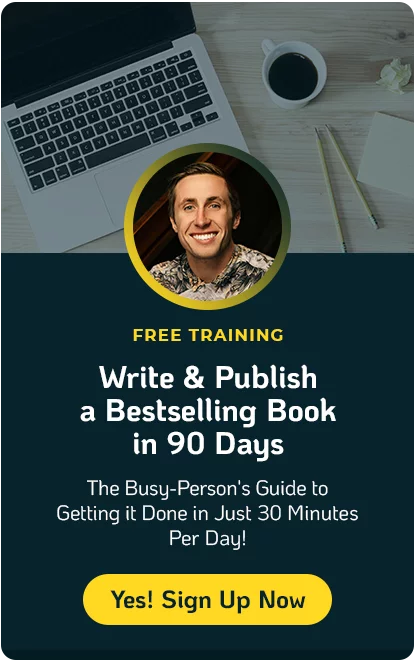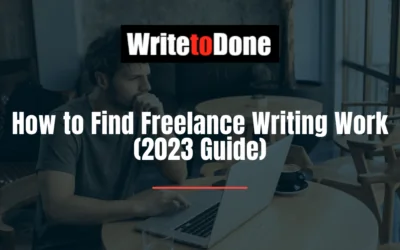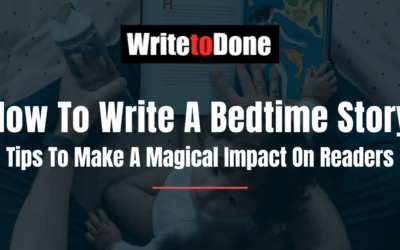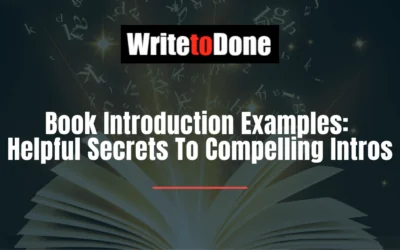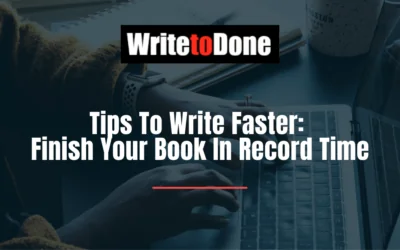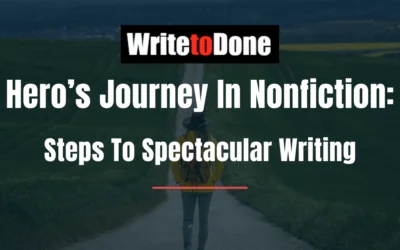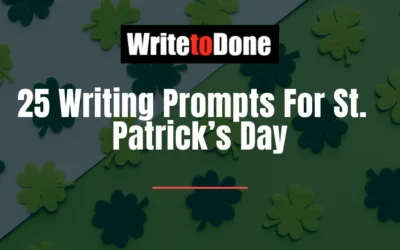Have you ever felt like your writing was in a rut? I’m not talking about writer’s block. I’m talking about the feeling that everything you produce is the same, that your writing just doesn’t spark like it used to. It’s a frustrating feeling. Oh sure, you try to create something new, something interesting. You try to challenge yourself and push your boundaries, but nothing seems to work. You might even become discouraged and lose your motivation to continue.
Well take heart. An article published by Patricia D. Stokes of Columbia University has some interesting things to say on the psychology is creativity. To help explain her findings, and to show how they relate to the feeling of being stuck, consider these two scenarios:
- An editor of a blog that you read contacts you and asks you to write a 1000 word guest post on anything that you like.
- The same editor contacts you and asks you to write a 1000 word guest post, giving inspirational writing advice from the point of view of a fictional character.
Feel the ideas starting to race as you read that second option?
Having more constraints improves your creativity.
According Stokes, creating rules for a particular writing assignment is a surefire way to help you produce something original. If what you’re trying to do is left completely open-ended, you naturally fall back on whatever course of action was successful in the past. That might be useful in baking a cake, but in writing it can lead to boring or repetitive output.
So, working with constraints can help you move away from reliability and towards creativity. Unfortunately, not every writing assignment comes with constraints. Sometimes you really will be asked just to write 1000 words on a broad topic. Or perhaps you’re given constraints, but they don’t work for you. This often happens when you’ve used a particular set of constraints in the past (“but I’ve already written from a fictional character’s point of view”).
You can use the following steps to create constraints that will help spark your creativity.
- Identify your problem. At the top of a piece of paper, write what it is you’re trying to accomplish. For writing assignments, this would usually be the subject that you’re writing about.
- Write a list of things you want to avoid. This list items should be all the tried and true responses that you’ve used before that you now want to move beyond. What’s boring to you? What’s overdone? What techniques do you keep using that are “inside the box?”
- Next to each “avoid” list item, write a positive alternative. These should be new things that you could try instead of falling back on the same old habits. For example, if you wrote “avoid writing in first person,” then next to it you could write “write in third person.” Don’t worry if your positive alternatives seem obvious- it’s still important that each avoidance statement has an alternative suggested. You don’t want to get bogged down in the things you don’t like about your writing. Besides, good ideas will come from the list as a whole, not the individual items on it.
- Be specific. Really think about what you do and especially don’t want to do in detail. List items such as “avoid clichés- create something original” might reflect your desires, but they aren’t specific enough help you out.
- Review your list. Read over everything. You should now have a good set of rules that you want to write by. Make sure you have a good understanding of the list as a whole- both the things you don’t want to do, and the things you do.
- Write! It may be slow going at first. All of a sudden you have roadblocks that keep you from going down the path of least resistance. But don’t worry, that’s exactly what you wanted to happen. As you write, your mind will be forced down new and interesting paths. As you avoid certain things, don’t forget that you already have a list of good alternatives in front of you.
This approach to generating creativity can be applied to a range of tasks. Obviously it can be used to break up the monotony specific writing assignments and help you produce something new. It can also be used in a number of other creative endeavors, including sculpture, dance and painting. In her article, Stokes shows how this kind of thinking helped to create the entire Pop Art movement by coming up with a list of specific alternatives to what then contemporary artists were doing.
Finally, don’t be afraid to come back to this method. New, creative approaches to writing have a way of becoming dull over time. To keep what you create fresh and interesting, don’t be afraid to tweak the rules by which you write.



